Kyaikto travel - Myanmar, Asia
Kyaikto is a town located in the Mon State of southeastern Myanmar, serving as the administrative center of Kyaikto Township in Thaton District. It is situated approximately 170 kilometers from Yangon and is renowned for being the nearest town to the famous Kyaiktiyo Pagoda, also known as the Golden Rock, which is a significant pilgrimage site and a UNESCO World Heritage candidate.
Kyaikto is unique for its stunning natural landscapes, including lush hills and the iconic Golden Rock, which appears to precariously balance on the edge of a cliff. Visitors are attracted to Kyaikto not only for its religious significance but also for the breathtaking views and the opportunity to experience local culture and hospitality. The town serves as a gateway for travelers seeking to explore the spiritual heritage of Myanmar, making it a noteworthy destination for those interested in both nature and culture.
Population: Approximately 160.000 people as of 2024.
Economy: While the town itself does not have a major economy, it benefits from tourism to the pagoda, which is one of the most important Buddhist pilgrimage sites in Myanmar.
Attractions: Kyaiktiyo Pagoda (Golden Rock), Mount Kyaiktiyo, Kin Pun, Kyaikhto Town, Kyaiktiyo Monastery
Myanmar
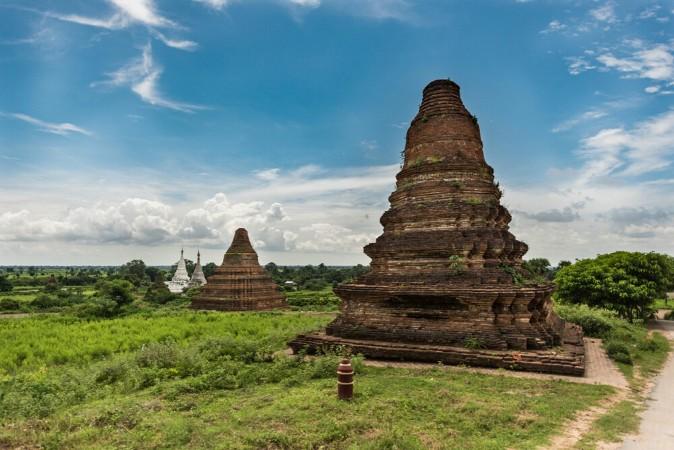
Overview of Kyaikto
History & Cultural Influence
The Kyaiktiyo Pagoda dates back to 574 BCE, making it one of the oldest Buddhist pilgrimage sites in the country. It is believed to enshrine a strand of the Buddha's hair, which is said to keep the massive granite boulder, covered in gold leaf, balanced on the edge of a cliff. This unique feature has led to legends that describe the rock as defying gravity, creating a sense of wonder among visitors. The town of Kyaikto serves as the gateway for pilgrims traveling to this revered site, reflecting the deep-rooted Buddhist traditions in the region.
The cultural landscape of Kyaikto is heavily influenced by its proximity to the Kyaiktiyo Pagoda. The site is a focal point for local and international Buddhist devotees who come to pay their respects, participate in rituals, and experience the spiritual atmosphere.
Interaction with The Locals
Predominantly Mon, an ethnic group with a rich cultural heritage and historical significance in Myanmar. The Mon people are known for their unique language, traditional customs, and Buddhist practices. The town also has a diverse mix of other ethnic groups, contributing to a vibrant cultural landscape.
Visitors to Kyaikto can expect a warm and welcoming interaction with the locals, along with other ethnicities such as Bamar and Karen. The population of Kyaikto is relatively small, with the town serving as a gateway to the more famous Kyaiktiyo Pagoda, which attracts numerous pilgrims and tourists.
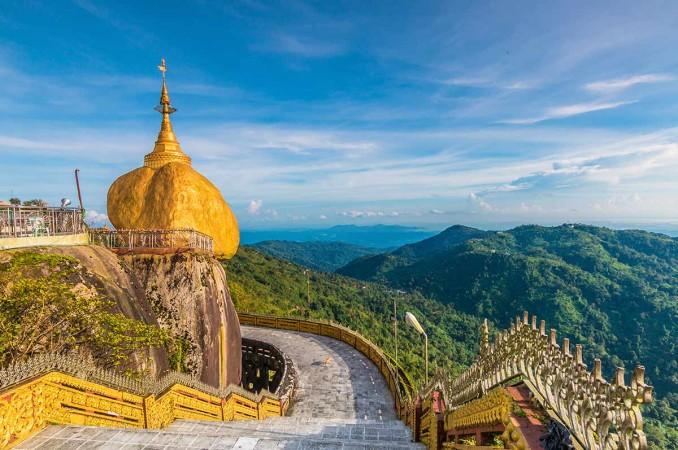
Kyaiktiyo Pagoda Golden Rock - © gather
Top attractions in Kyaikto
Kyaikto, known primarily for the breathtaking Golden Rock (Kyaiktiyo Pagoda), is one of Myanmar's most revered pilgrimage sites. Perched atop a granite boulder covered with gold leaf and delicately balanced on the edge of a cliff, the Golden Rock is believed to be held in place by a single strand of the Buddha's hair, drawing thousands of pilgrims and tourists annually. The surrounding area offers serene landscapes and a chance to engage with the local Mon culture, enhancing the spiritual and cultural journey for visitors.
Kyaiktiyo Pagoda (Golden Rock)
Location: Summit of Mount Kyaiktiyo, Mon State, Myanmar
Perched atop the summit of Mount Kyaiktiyo, this iconic pagoda sits on a massive granite boulder covered in gold leaf, seemingly defying gravity. As one of Myanmar’s most revered Buddhist pilgrimage sites, it draws visitors who come to marvel at its unique position and spiritual significance.
Mount Kyaiktiyo
Location: Near Kyaikto, Mon State, Myanmar
Offering breathtaking views, Mount Kyaiktiyo is the majestic home of the Golden Rock Pagoda. Travelers can hike or take a truck to the summit, immersing themselves in the lush natural beauty that surrounds this sacred site.
Kinpun Base Camp
Location: Approximately 16 km from Kyaikto, Mon State, Myanmar
Kinpun Base Camp serves as the gateway to the Golden Rock. This lively hub features local shops, eateries, and accommodations, making it a perfect starting point for your pilgrimage journey.
Local Markets
Location: Kyaikto town, Mon State, Myanmar
In the town of Kyaikto, the bustling local markets are filled with traditional handicrafts, religious items, and tasty local snacks. Exploring these markets offers a glimpse into the daily life of the Mon people and a chance to connect with the vibrant local culture.
Nats and Folk Deities Shrines
Location: Various locations around Kyaikto, Mon State, Myanmar
Scattered around Kyaikto, these shrines showcase the blend of Buddhism and local beliefs that characterize Burmese spirituality. Visitors can witness the fascinating rituals and offerings made by locals, adding a deeper cultural layer to their experience.
Viewing Platforms
Location: Near Kyaiktiyo Pagoda, Mount Kyaiktiyo, Mon State, Myanmar
Several platforms near the Kyaiktiyo Pagoda provide stunning views of the Golden Rock and the surrounding mountains. These spots are ideal for photography and soaking in the serene, panoramic landscapes.
Waterfalls
Location: Along the route from Kinpun to Kyaiktiyo Pagoda, Mon State, Myanmar
As you travel from Kinpun to Kyaiktiyo Pagoda, you’ll encounter scenic waterfalls that enhance the journey’s natural beauty. These tranquil spots are perfect for relaxation and capturing the picturesque scenery along the way.
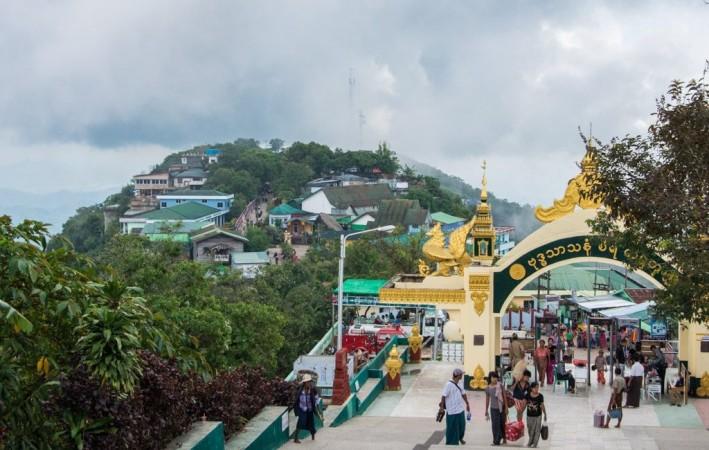
Mount Kyaiktiyo views - © gather
Must-Try Dishes in Kyaikto
In Kyaikto, the local cuisine offers a delightful exploration of traditional Burmese flavors with a distinct influence from the Mon ethnic group. From a unique blend of spices and tender meat, often served with fragrant rice that complements the rich flavors, to a fish noodle soup that is slightly different from its counterparts elsewhere in Myanmar, featuring a more aromatic broth and fresh local herbs, showcasing the region's culinary diversity.
Mohinga
Often regarded as Myanmar's national dish, Mohinga is a flavorful rice noodle soup made with a rich fish broth infused with lemongrass, garlic, and ginger. Typically served for breakfast, it's garnished with boiled eggs, crispy fritters, and a squeeze of lime, making it a fresh and vibrant way to start the day in Kyaikto, showcasing the local preference for fresh fish and bold flavors.
Shan Noodles
Originating from the Shan State, Shan Noodles feature rice noodles served in a light, aromatic broth, usually accompanied by chicken or pork. Topped with sesame seeds, coriander, and chili flakes, this dish offers a delightful mix of flavors, representing the diverse culinary influences that enrich Kyaikto's food scene, and is a favorite among both locals and travelers.
Kyay-Oh
Kyay-Oh is a hearty noodle dish with a thicker broth compared to Mohinga, often made with chicken or pork. It comes with a variety of toppings like boiled eggs, crispy fritters, and bean sprouts, making it a comforting choice for those looking to experience the depth of Burmese flavors in a single bowl.
Tea Leaf Salad (Lahpet)
Lahpet, a unique salad made from fermented tea leaves, combines a variety of ingredients such as peanuts, sesame seeds, garlic, and dried shrimp, creating a tangy and slightly bitter flavor profile. Often served with fresh vegetables, this dish is a must-try in Kyaikto, offering a taste of a traditional Burmese delicacy that plays a central role in social gatherings and showcases the cultural significance of tea in Myanmar.
Pork Curry
Pork curry is a staple in Burmese cuisine, featuring tender chunks of pork simmered in a rich, spiced sauce. Often served with rice and a side of vegetables, this dish reflects the Indian influence on Burmese food, highlighting the fusion of spices and cooking techniques that define the region's culinary traditions.
Fried Rice with Vegetables
A simple yet satisfying dish, fried rice with vegetables is a popular choice in Kyaikto, often prepared with seasonal vegetables and occasionally meat or eggs. Seasoned with soy sauce and spices, this dish provides a quick and flavorful meal, making it a comforting option for both locals and visitors.
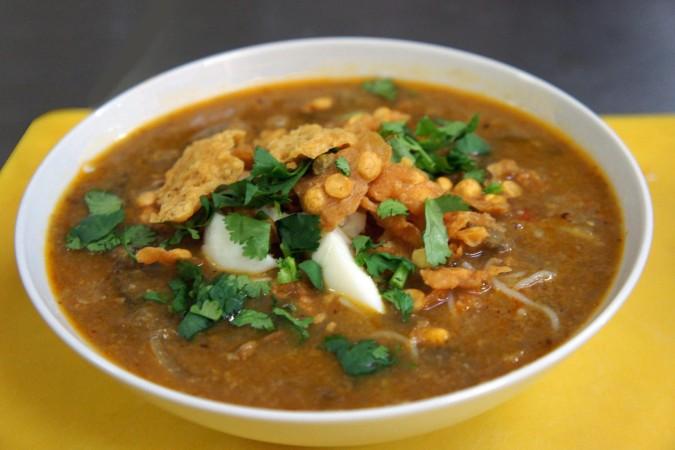
Mohinga - © gather
Festivals & Local Celebrations
Kyaiktiyo Pagoda Festival (Nine Thousand Lights Festival)
Time of Year: Typically occurs in late November to early December.
Attracts thousands of pilgrims who come to pay homage to the Golden Rock. The highlight is the lighting of approximately 90,000 candles around the pagoda, creating a breathtaking spectacle at night. Visitors can participate in food offerings, witness traditional ceremonies, and enjoy the festive atmosphere filled with chants and prayers.
Full Moon Day of Tabaung
Time of Year: Celebrated in March, on the full moon day of the Tabaung month in the Burmese lunar calendar.
Marks a time of devotion and reverence, the pagoda is adorned with thousands of candles, and devotees offer fruits, food, and incense to the Buddha. Visitors can witness the vibrant atmosphere of worship and partake in the communal spirit of the celebration.
Buddha Purnima (Vesak)
Time of Year: Celebrated on the full moon day in May.
This festival commemorates the birth, enlightenment, and death of the Buddha. Visitors can expect a variety of religious activities, including meditation sessions, chanting, and offerings at the pagoda. The atmosphere is serene, with many locals participating in acts of kindness and charity.
Mon National Day
Time of Year: Celebrated on February 1st each year.
Honors the Mon ethnic group's culture and heritage. In Kyaikto, visitors can enjoy traditional Mon music, dance performances, and local food. The celebration fosters a sense of community and pride among the Mon people, offering tourists a glimpse into their rich cultural traditions.
Kyaikto Water Festival
Time of Year: Typically celebrated in mid-April, coinciding with the Burmese New Year.
Similar to the traditional water festivals across Myanmar, this celebration involves water splashing and merriment. Visitors can join in the festivities, which include music, dancing, and local food stalls, creating a lively and joyful atmosphere.

Kyaiktiyo Pagoda Festival - © gather
Weather in Kyaikto: Best Time to Visit
Kyaikto experiences a tropical monsoon climate, characterized by three distinct seasons: the dry and cool season, the hot season, and the rainy season. Here’s a detailed overview of the weather patterns, average temperatures, rainfall, and the best time to visit Kyaikto.
Average Temperatures
- Dry and Cool Season (November to February):Average daily high temperatures range from 24°C to 35°C (75°F to 95°F).
- Average daily low temperatures are around 18°C to 22°C (64°F to 72°F).
- Hot Season (March to May):Average daily high temperatures can reach up to 38°C (100°F) or higher, with nighttime lows around 24°C (75°F).
- Rainy Season (June to October):Average daily high temperatures are generally between 28°C to 34°C (82°F to 93°F), with lows around 23°C (73°F).
Rainfall
- Rainy Season: This period sees heavy rainfall, particularly from June to October, with the highest precipitation occurring in July and August. The region can experience significant downpours, leading to possible landslides and flooding, which may affect travel plans.
- Dry Season: Rainfall is minimal, making it the most favorable time for outdoor activities and visits to the Kyaiktiyo Pagoda.
Best Time to Travel
- Ideal Months: The best time to visit Kyaikto is during the dry and cool season, from November to February. During this period, the weather is pleasant, with lower humidity and clear skies, providing excellent conditions for sightseeing and trekking to the Kyaiktiyo Pagoda.
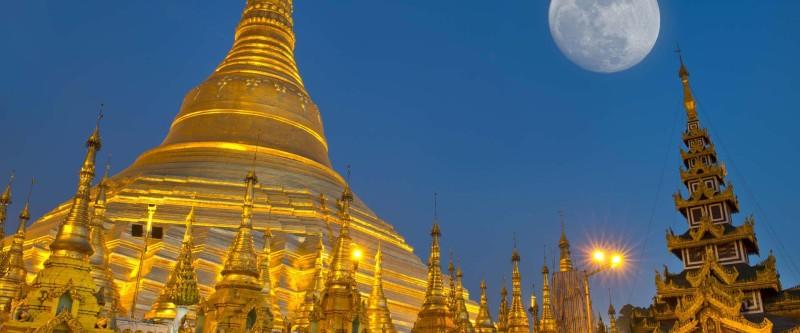
Full Moon Day of Tabaung - © gather
Culture Etiquette in Kyaikto
Behavior and Interactions
Be especially conscious of your behavior in the presence of elders, as they are to be treated with great respect.
- Younger people should keep their heads lower than elders when walking past them.
- Pointing the soles of your feet towards a person or the Buddha image is considered rude.
- Touching someone's head, even a child's, is considered disrespectful.
Visiting Homes and Monasteries
Remove your shoes when entering someone's home or a monastery.
- Avoid entering the bedroom or kitchen unless specifically invited, especially in Karen households.
- At the end of a visit, be sure to thank your host sincerely.
Eating and Drinking
Elders are served first at meals.
- It's rude to eat something without offering it to anyone else present first.
- Graciously accept offers of food to compliment the host's hospitality.
- Singing, humming or listening to music while eating is considered rude.
- Many Burmese do not drink alcohol, especially women, as it goes against Buddhist principles.
Gift Giving
- Offer and receive gifts with both hands together.
- Do not open gifts immediately, as it can be seen as greedy.
- Avoid giving very high-value gifts, as it can put the recipient in an awkward position.
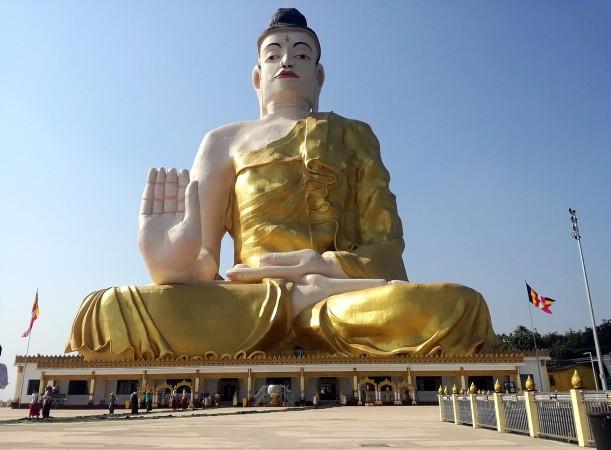
Gautama Buddha statue at Kyaikto - © gather
Essential Travel Information
Getting to Kyaikto
By Bus
Buses are a popular and affordable way to reach Kyaikto. Here are some key routes:
- From Yangon: Buses take about 4.5 hours and cost around 7,000 kyats. Buses typically depart in the early morning and run directly to Kinpun, the base camp for the Golden Rock.
- From Bago: The journey takes approximately 2 to 3 hours, costing 4,000 to 5,000 kyats, with direct services to Kinpun.
- From Mawlamyine: Buses take around 4 to 5 hours, costing about 7,000 kyats, with limited departures at 7:30 AM and 9:30 AM.
- From Hpa-An: This route takes about 4 hours and costs around 5,000 kyats.
By Train
Trains are another option, though less common. Kyaikto has train services from:
- Yangon: Three trains daily (07:15, 18:25, and 21:00), with tickets costing around 2,500 kyats for elite class.
- Mawlamyine: Three trains daily (08:00, 19:30, and 20:55), with similar pricing.
- Bago: Economy class tickets from Bago to Kyaikto cost about 650 kyats.
Private Vehicle
For those seeking convenience, hiring a private vehicle or taxi from nearby cities is an option. This can be more comfortable but is also more expensive.
Getting Around Kyaikto
Trekking
Kyaikto is a small town, and trekking is a popular way to explore the area, especially for those who enjoy walking.
Truck Rides
The main mode of transportation to Kyaiktiyo Pagoda is via trucks that operate regularly between Kinpun and the pagoda. These trucks can carry up to 30 passengers and provide a unique experience, though the ride can be bumpy. The journey takes about 30 minutes.
Taxis and Private Cars
Travelers can hire taxis or private cars for more comfortable transportation. This option allows for flexibility but may be more costly depending on the distance traveled.
People’s Palanquin (Sedan Palanquin)
For a traditional experience, visitors can hire a sedan palanquin, carried by four people, to transport them from the base to the pagoda. This is a unique way to navigate the steep paths leading to the Golden Rock.
Accommodation in Kyaikto
While Kyaikto itself has limited accommodation, there are a few options:
Golden Bliss Hotel - A new, relaxing guesthouse with about 20 spacious rooms and bungalows. Amenities include simple breakfast, WiFi, hot shower, TV, mini-bar in bungalows, and a pomelo garden. Rates are $20-30 per night.
Most travelers choose to stay in Kinpun or on top of Mount Kyaiktiyo near the Golden Rock pagoda. Accommodation options are more limited in Kyaikto itself as it serves mainly as a transit point for visitors to the famous Golden Rock site.
Articles for you
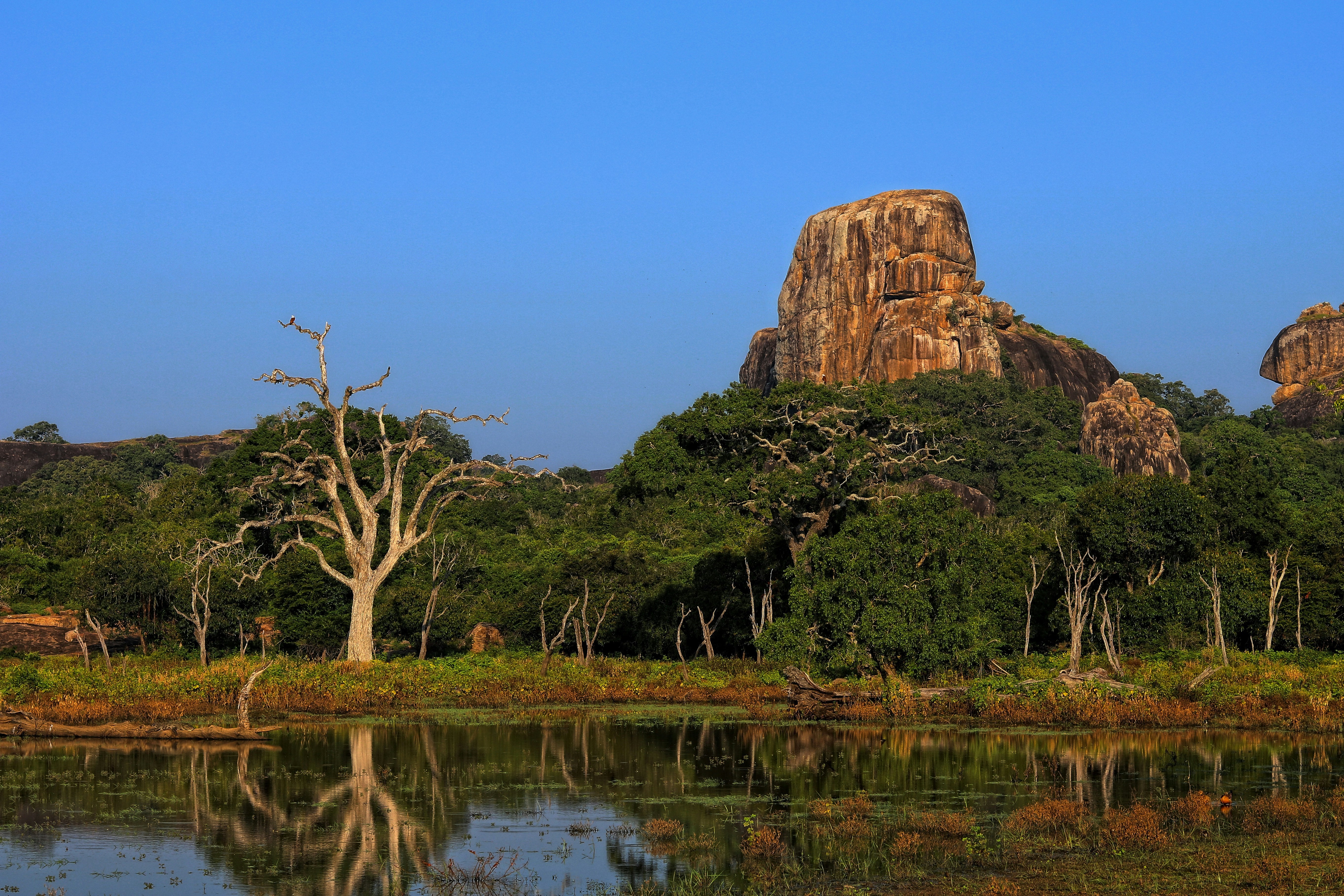
Explore Yala National Park - Sri Lanka Travel, Asia
Tucked away in Sri Lanka’s southeastern corner, Yala National Park is where wild nature meets deep tradition. Known worldwide for its leopard population, the park is also home to elephants, sloth bears, crocodiles, and hundreds of bird species. Beyond wildlife, Yala opens doors to a cultural landscape dotted with ancient temples, Buddhist ruins, and coastal villages. For travelers seeking more than just a safari, Yala offers a chance to explore eco-tourism, local communities, and sacred heritage sites.
Population: The Yala National Park area doesn’t have a human population.
Economy: The economy around Yala National Park thrives on a blend of eco-tourism, agriculture, and local services. Safari tours, eco-lodges, and cultural experiences drive steady income for nearby towns like Tissamaharama and Kataragama, supporting thousands of families.
Landmarks: Famous for Block I of Yala and wildlife encounters, including elephants, sloth bears, crocodiles, and exotic bird species.
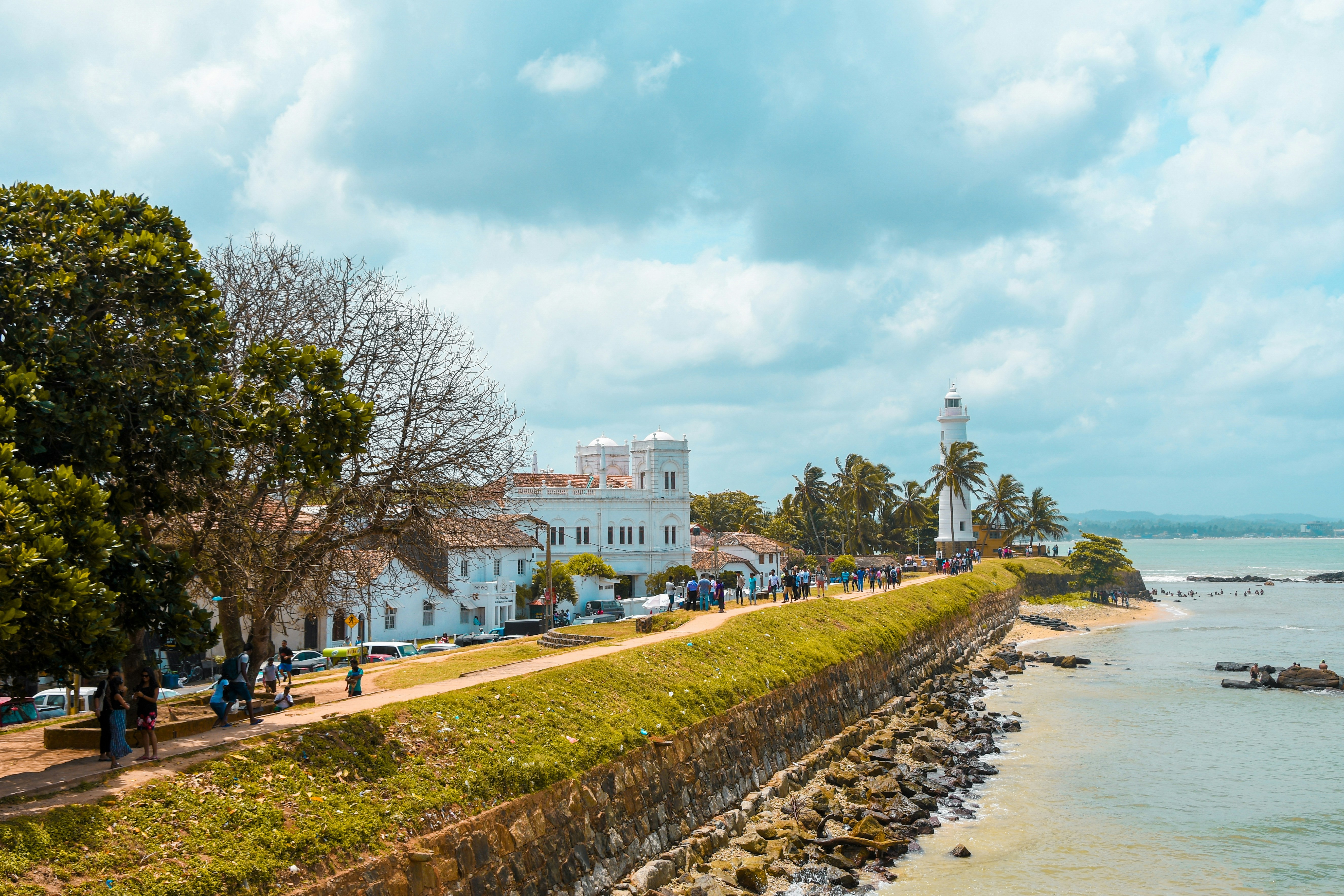
Explore Galle - Sri Lanka Travel, Asia
Nestled on Sri Lanka’s southern coastline, Galle is a vibrant city where history meets the sea. Its cobbled streets, colonial architecture, and serene beaches make it a must-visit destination for travelers seeking a blend of culture, adventure, and relaxation. A UNESCO World Heritage site, Galle captivates visitors with its Dutch Fort, bustling markets, and friendly locals. Whether you’re exploring the ramparts at sunset or savoring fresh seafood by the shore, Galle promises an unforgettable journey into Sri Lanka’s heritage.
Population: Approximately 113,000 in 2023.
Economy: Galle’s economy thrives on tourism, trade, and fisheries. The city’s historic fort, colonial architecture, and coastal charm draw thousands of international visitors each year, making tourism its main economic driver. Fishing remains vital for local livelihoods, supplying fresh seafood across the region.
Landmarks: Famous for the Galle Fort, Dutch Reformed Church & Maritime Museum, and Unawatuna Beach.
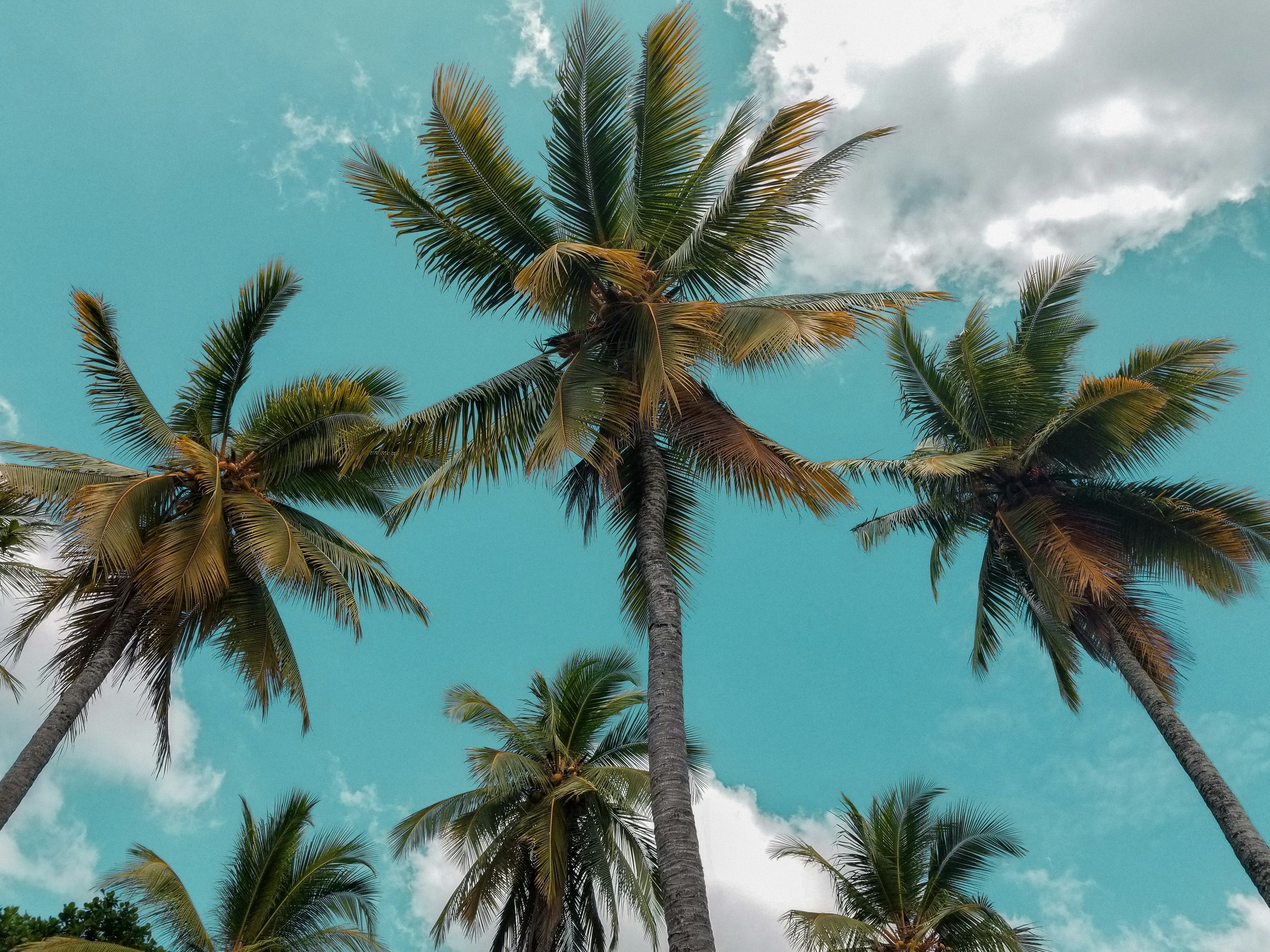
Explore Bentota - Sri Lanka Travel, Asia
Nestled along Sri Lanka’s southwestern coast, Bentota is a tropical paradise that blends golden beaches, vibrant culture, and thrilling adventures. Famous for its calm waters, luxury resorts, and scenic river estuary, Bentota has become a top destination for travelers seeking both relaxation and authentic experiences. From serene beach walks at sunrise to adrenaline-pumping water sports, this coastal town offers a perfect balance of leisure and exploration. With its proximity to Colombo and Galle, Bentota is easy to reach, making it an ideal stop for both short escapes and extended holidays.
Population: Approximately 37,000 in 2023.
Economy: Bentota’s economy thrives mainly on tourism, which drives local businesses such as hotels, restaurants, and wellness retreats. The town also benefits from fishing, coconut cultivation, and handicrafts like wood carving and batik textiles. Many residents rely on the growing demand for water sports and Ayurvedic treatments, making tourism the backbone of both income and employment in the area.
Landmarks: Famous for Bentota Beach, Bentota River Safari, and Kande Vihara Temple.
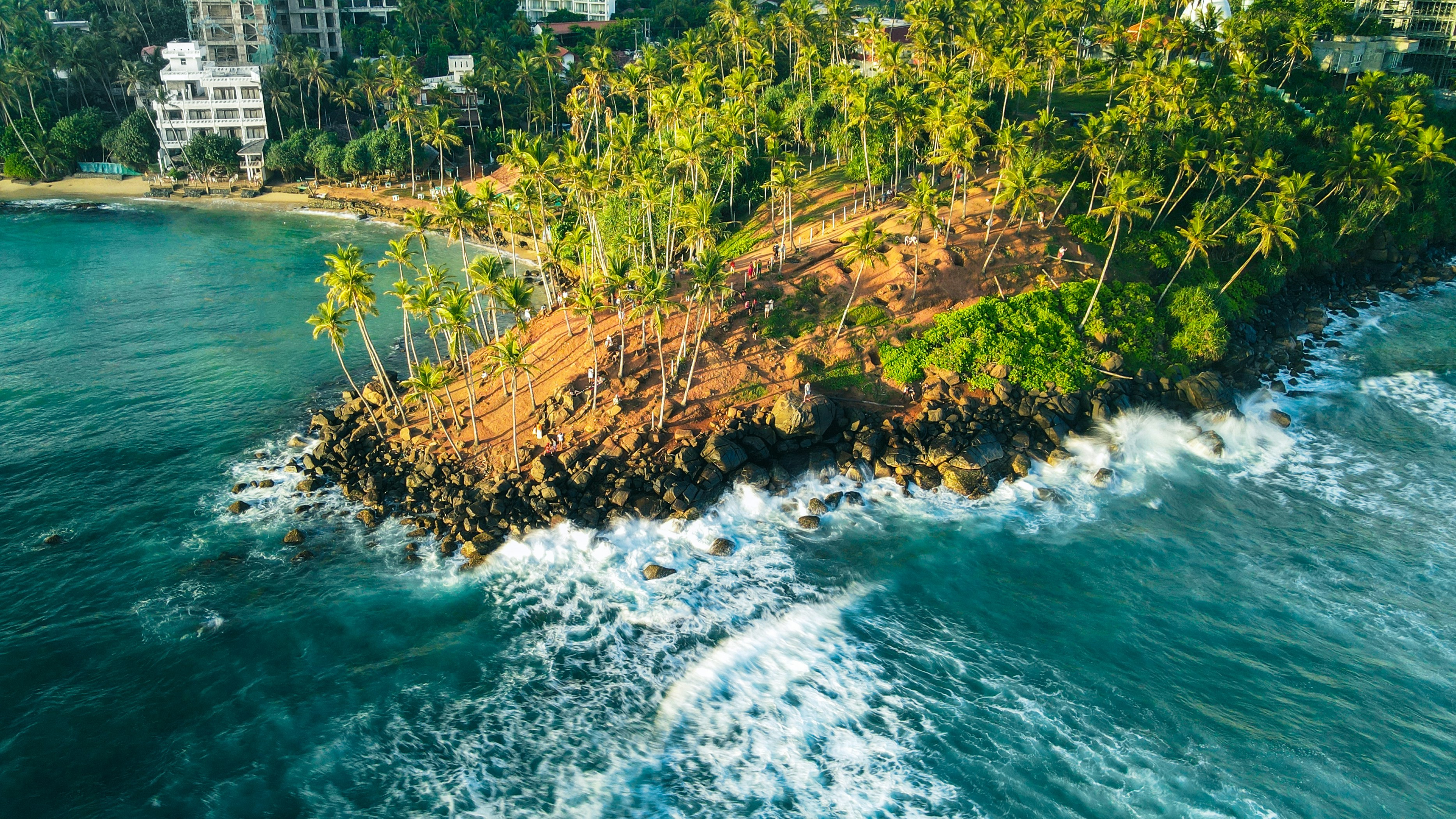
Explore Mirissa - Sri Lanka Travel, Asia
Mirissa is a charming coastal town on Sri Lanka’s southern shoreline. Known for its golden beaches, turquoise waters, and vibrant marine life, it has become a must-visit stop for travelers exploring the island. Many come for whale watching, surfing, and sunset views at Coconut Tree Hill, but Mirissa offers much more than postcard beauty. The fishing boats you see anchored by the bay carry generations of stories. Local traditions, delicious cuisine, and a laid-back rhythm of life shape every visitor’s experience.
Population: Approximately 4,700 in 2023.
Economy: Mirissa’s economy is largely shaped by its coastal location. Fishing has long been the backbone of local livelihoods, with generations relying on the Indian Ocean for income. In recent decades, tourism has become the main driver of growth, thanks to whale watching, surfing, and beachside hospitality.
Landmarks: Famous for Mirissa Beach, Coconut Tree Hill, and Parrot Rock Bridge.
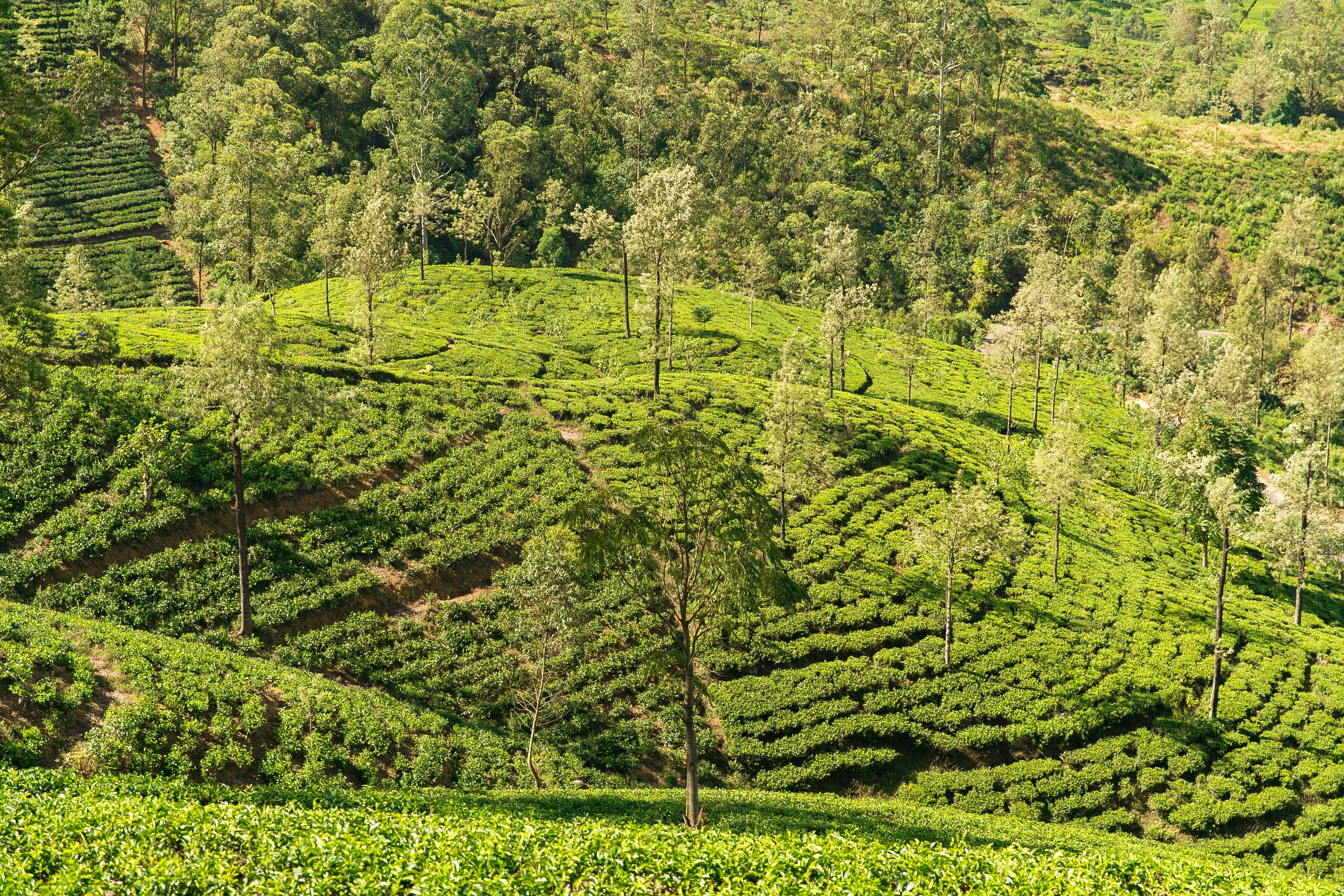
Explore Nuwara Eliya - Sri Lanka Travel, Asia
Tucked away in the Central Highlands of Sri Lanka, Nuwara Eliya is often called “Little England”. With its rolling tea plantations, cool misty mornings, and colonial charm, this mountain town feels like a step into another world. Travelers come here to breathe fresh air, walk through flower gardens, sip the finest Ceylon Tea, and enjoy a pace of life far from the island’s busy cities. Whether you’re drawn by scenic landscapes, heritage architecture, or the warmth of its people, Nuwara Eliya is a destination that blends nature, culture, and history in perfect harmony.
Population: Approximately 781,000 in 2023.
Economy: Nuwara Eliya’s economy thrives mainly on tea production, as it sits in the heart of Sri Lanka’s central highlands, famous worldwide for Ceylon Tea. The city also benefits from a growing tourism industry, attracting visitors with its colonial charm, cool climate, and scenic landscapes.
Landmarks: Famous for Gregory Lake, Hakgala Botanical Garden, and Victoria Park.
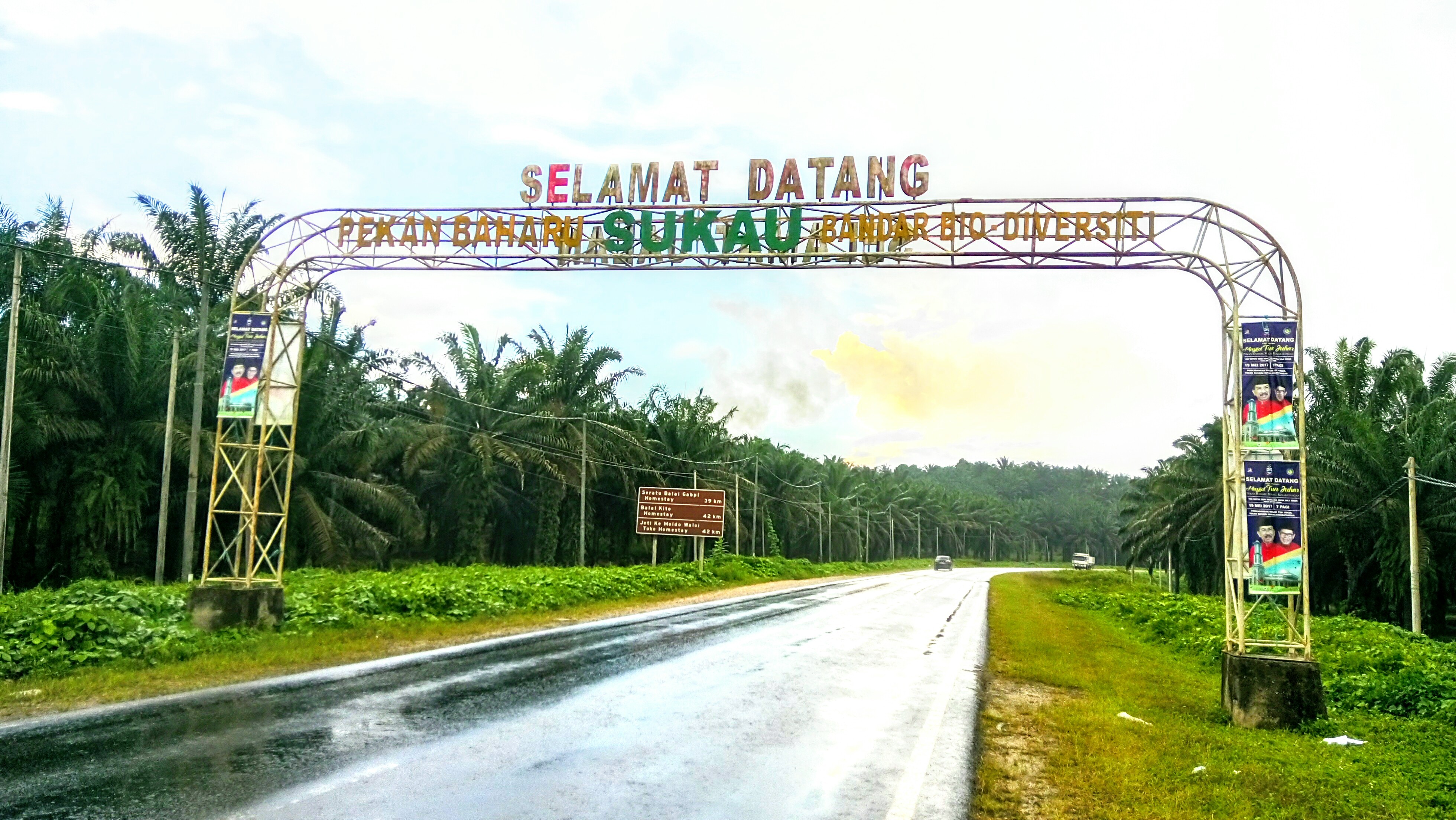
Explore Sukau - Malaysia Travel, Asia
Nestled on the banks of the Kinabatangan River in Sabah, Malaysian Borneo, Sukau is a destination where wildlife, culture, and conservation come together. Known as one of Asia’s top spots for river safaris and eco-tourism, this quiet village offers a front-row seat to encounters with Bornean orangutans, pygmy elephants, proboscis monkeys, and exotic birdlife.
Population: Approximately 1,400 in 2019.
Economy: Sukau’s economy is shaped by its riverine location and natural resources. Traditionally, the Orang Sungai community relied on fishing, small-scale farming, and forest gathering for their livelihood. Today, the village has shifted toward eco-tourism, with river cruises, jungle trekking, and homestays providing income.
Landmarks: Famous for the Kinabatangan River cruises, Gomantong Caves, and Ox-bow lakes and wetlands.
